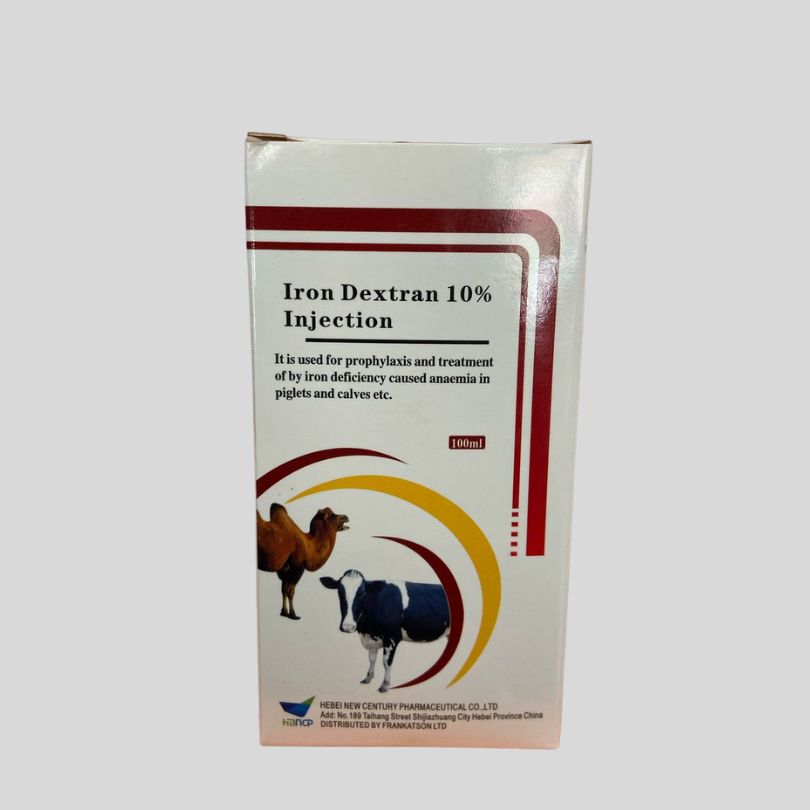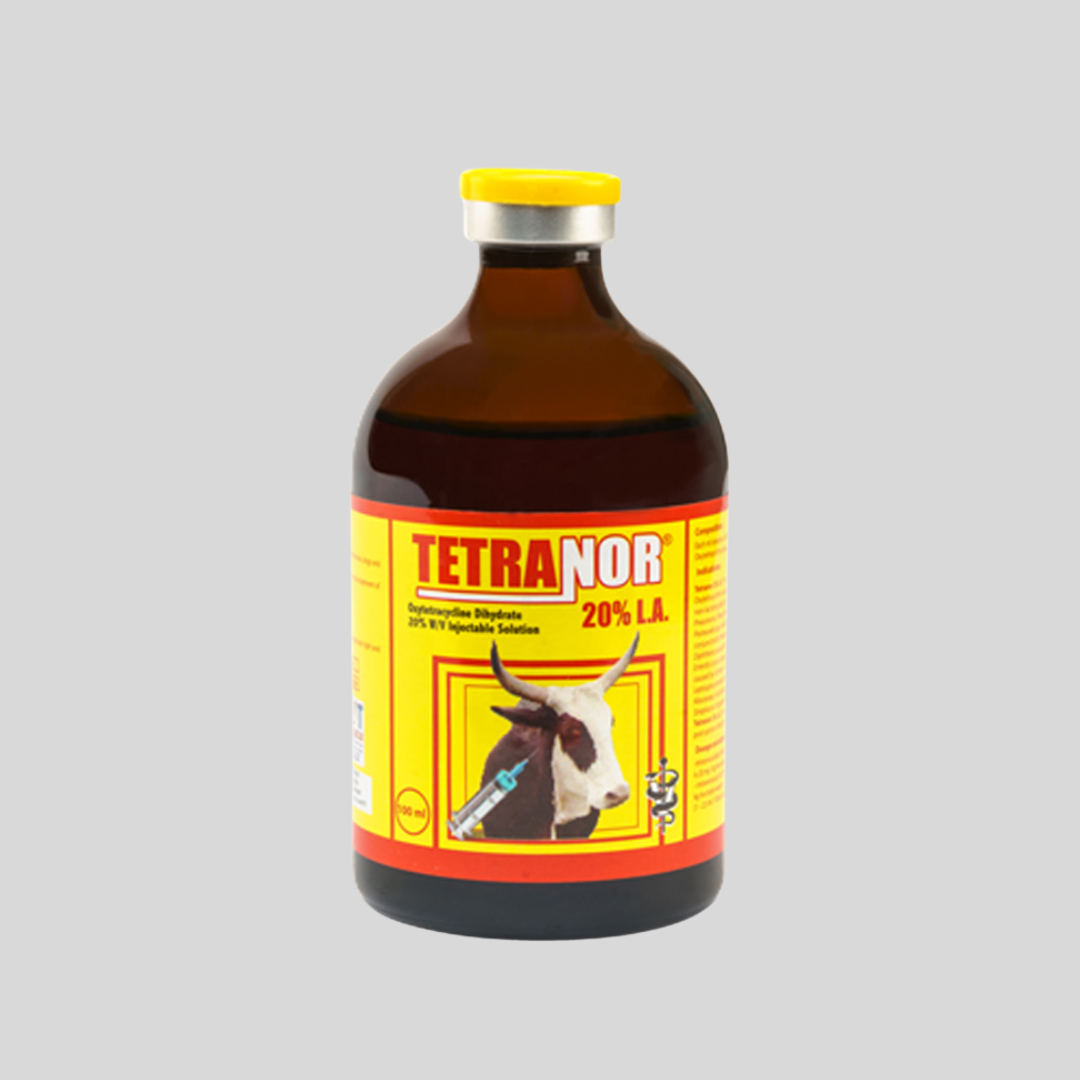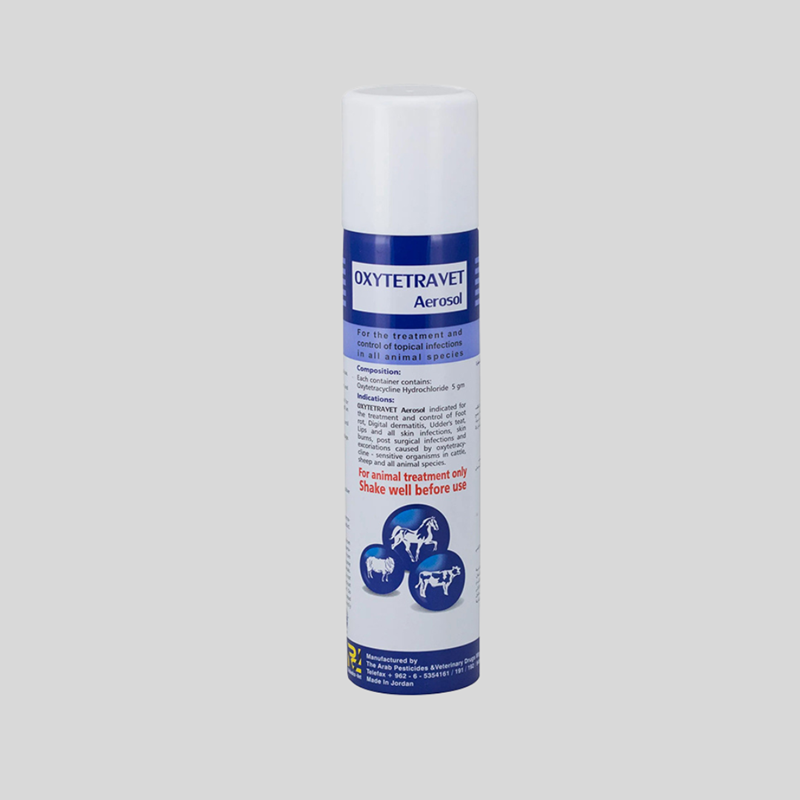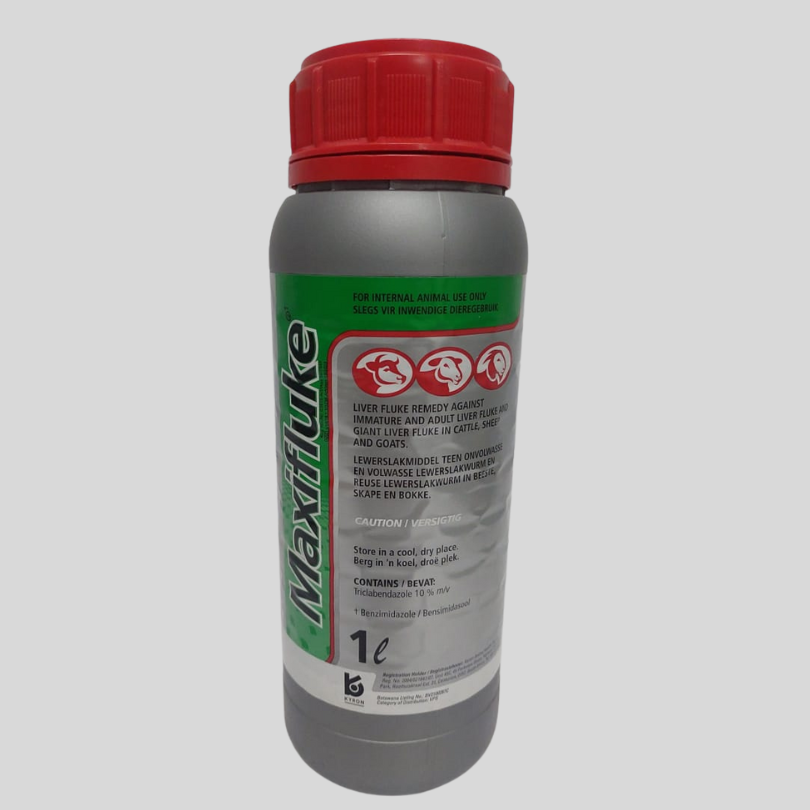Description
Iron Dextran is a complex of ferric hydroxide and dextran, a polysaccharide (sugar molecule). This formulation allows iron to be stored and released slowly into the animal’s body. It is usually provided in the form of an injectable solution, often as Iron Dextran 100 mg/mL or 200 mg/mL, and is administered intramuscularly or subcutaneously.
Why It’s Used in Agriculture
Preventing Anemia in Piglets:
Piglets are often born with low iron reserves and sow’s milk is naturally low in iron.
In commercial pig farming, piglets do not have access to soil, which would otherwise be a natural source of iron.
Iron Dextran is usually injected into piglets within the first few days of life (often between day 1–3) to prevent iron deficiency anemia, which can cause lethargy, poor growth, and high mortality if untreated.
Support for Calves and Other Livestock:
It can also be used in calves, lambs, and other animals under certain conditions, particularly if they are raised in environments with low natural iron exposure or when they show clinical signs of anemia.
Improved Growth and Productivity:
Adequate iron levels support red blood cell production and oxygen transport, which in turn promotes better growth rates, immune function, and overall health.
Mechanism of Action
Iron is a critical component of hemoglobin, the molecule in red blood cells that carries oxygen. Iron Dextran provides a depot (or storage) of iron that is slowly absorbed into the bloodstream over time. Once in the body, the iron is utilized in hemoglobin synthesis, enzyme function, and energy metabolism.
Dosage and Administration
Piglets: A common dose is 100–200 mg of iron given as a single intramuscular injection.
Calves and Lambs: Dosage varies based on weight, severity of deficiency, and veterinary guidance.
Injections are typically given in the neck muscle to avoid damaging valuable cuts of meat.
Precautions and Side Effects
Overdosing can lead to toxicity, especially in smaller or weak animals.
Reactions can include swelling at the injection site, staining of tissue, or rarely, anaphylactic reactions.
Care must be taken with animals that have vitamin E or selenium deficiency, as iron injections can increase oxidative stress in such cases.
Alternatives and Considerations
While Iron Dextran remains the most common method of iron supplementation in piglets, other approaches include:
Oral iron supplements (less effective due to absorption limitations).
Iron-fortified feeds (helpful but not enough for newborns).
Environmental enrichment (like access to soil in extensive systems, which may reduce the need for supplementation).
However, none of these are as fast-acting or reliable as injectable Iron Dextran, especially in intensive production systems.
Regulation and Withdrawal Times
Iron Dextran is generally considered safe and does not require a meat withdrawal period in most countries, meaning animals treated with it can be slaughtered without a waiting period. However, regulations can vary by country, so it’s always important to consult local guidelines and a licensed veterinarian.




